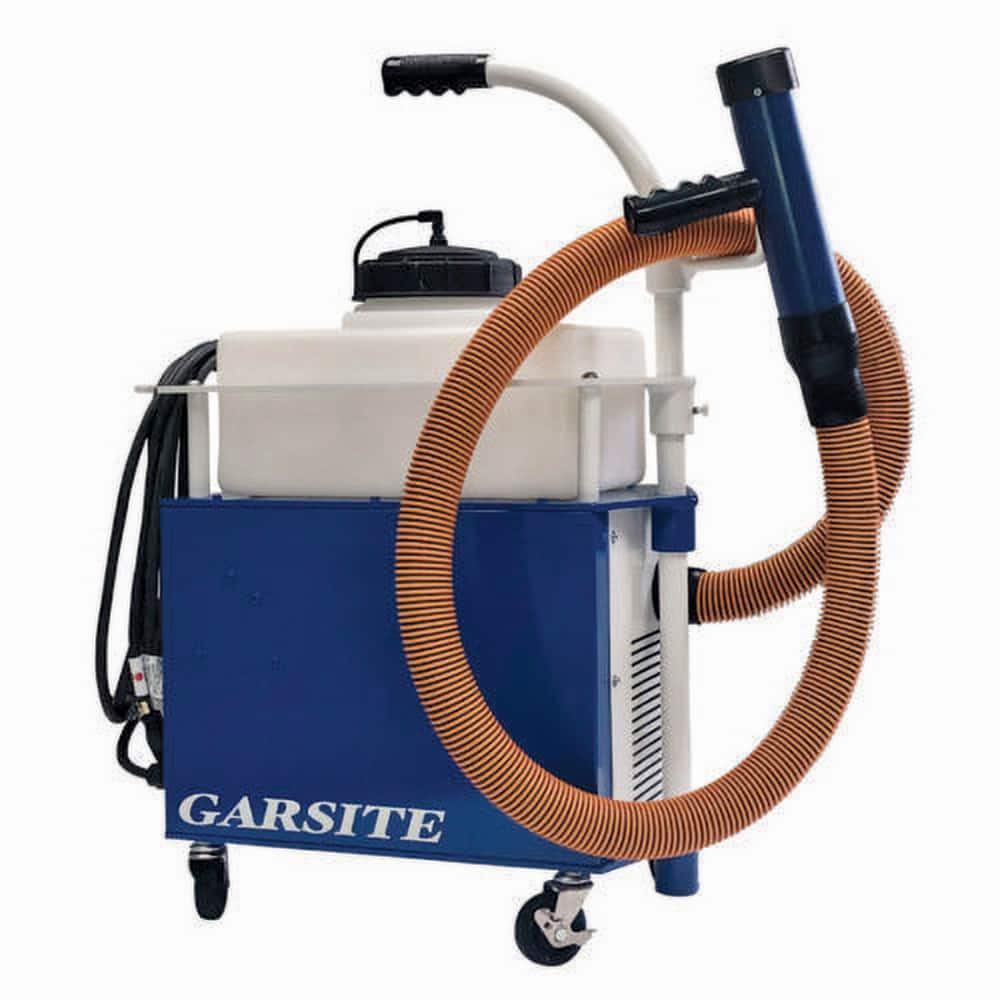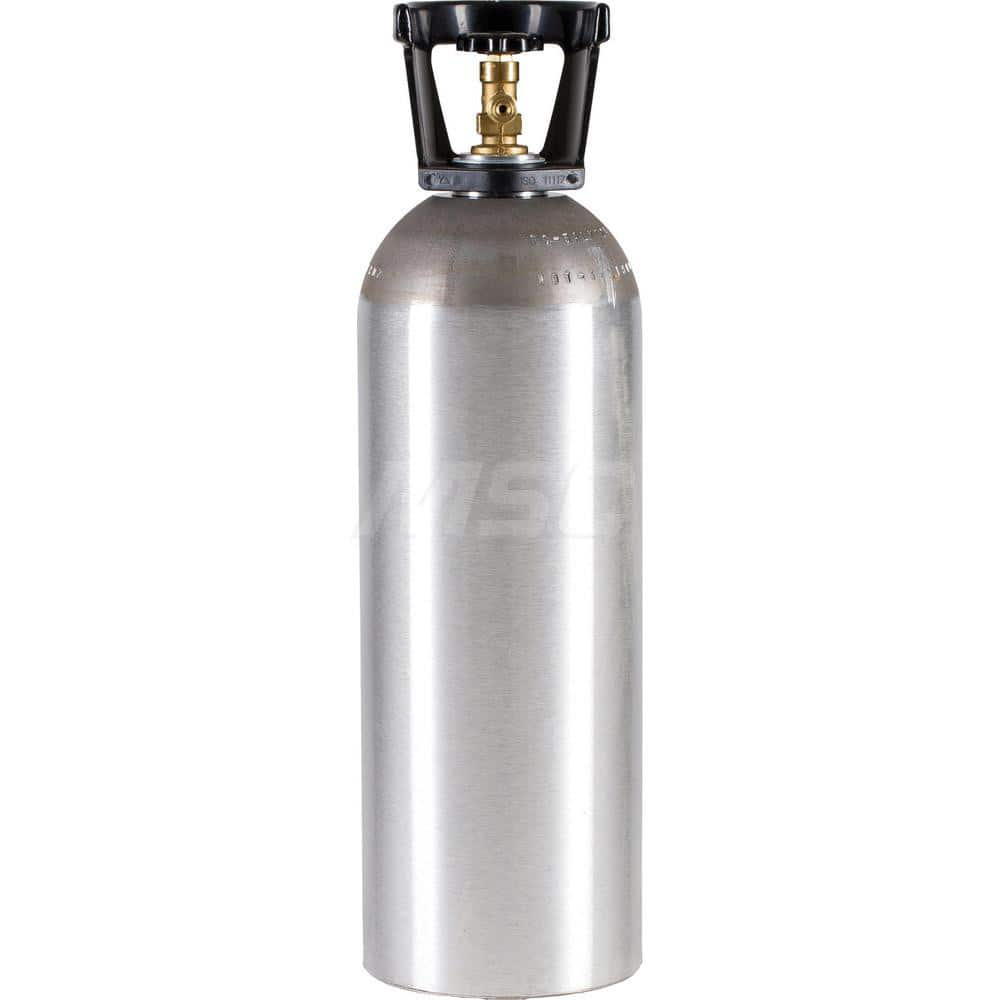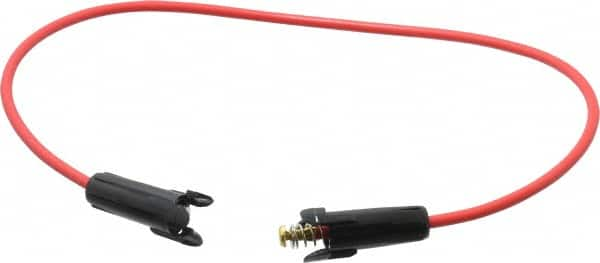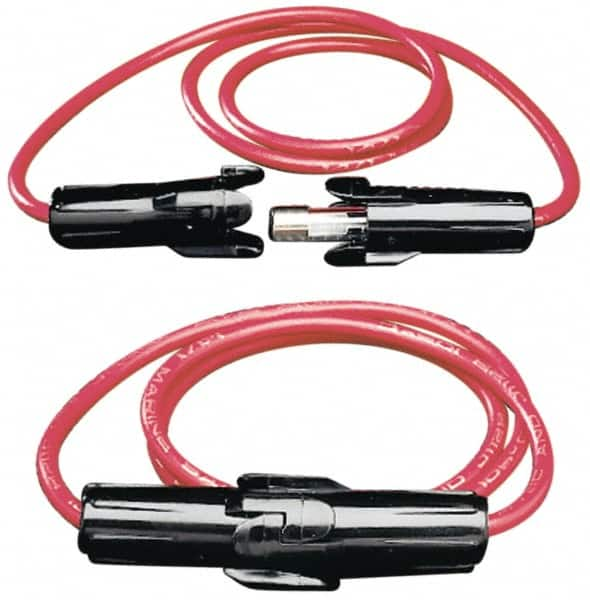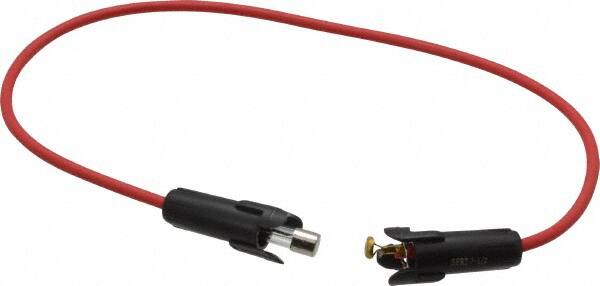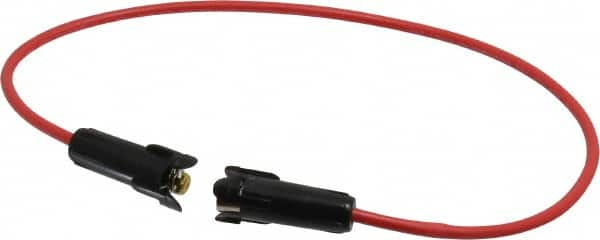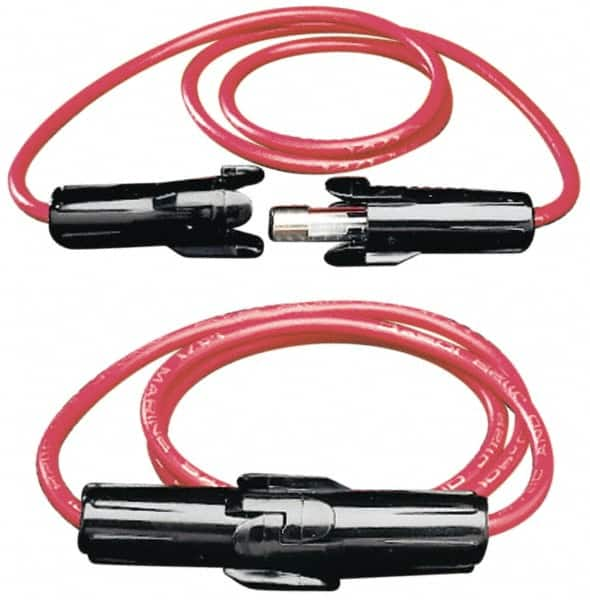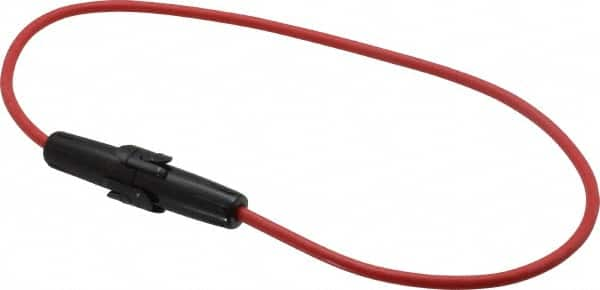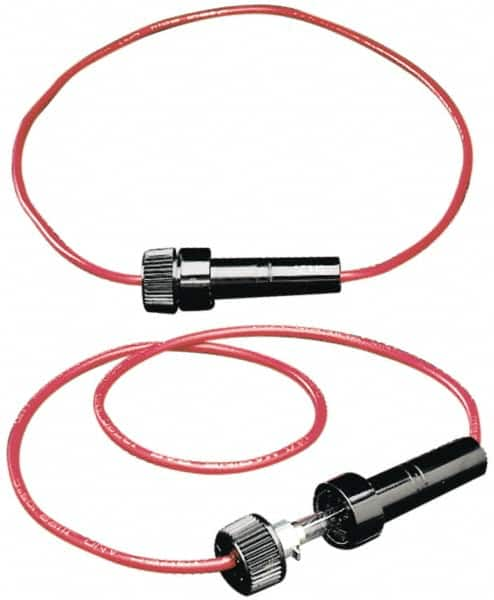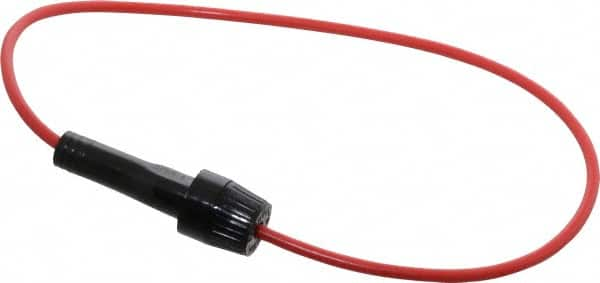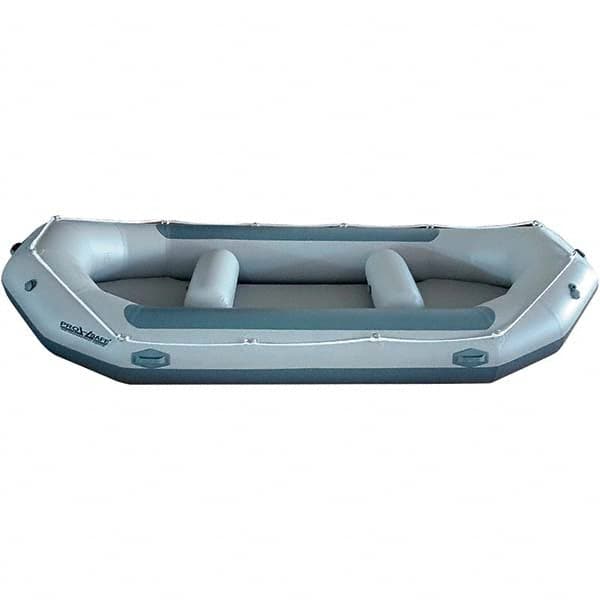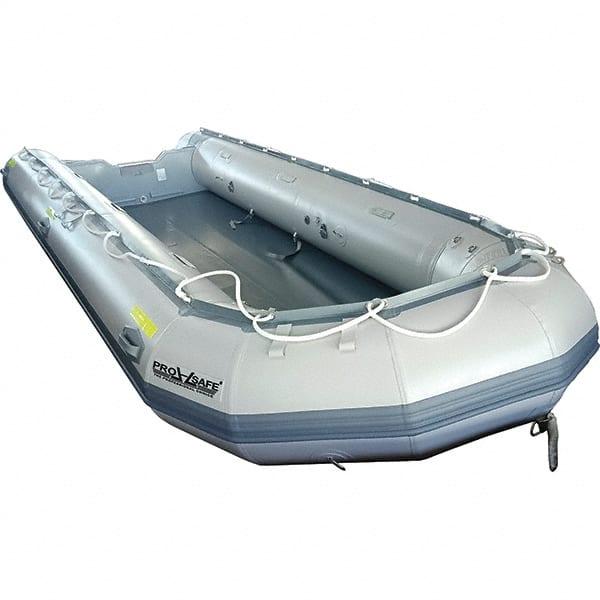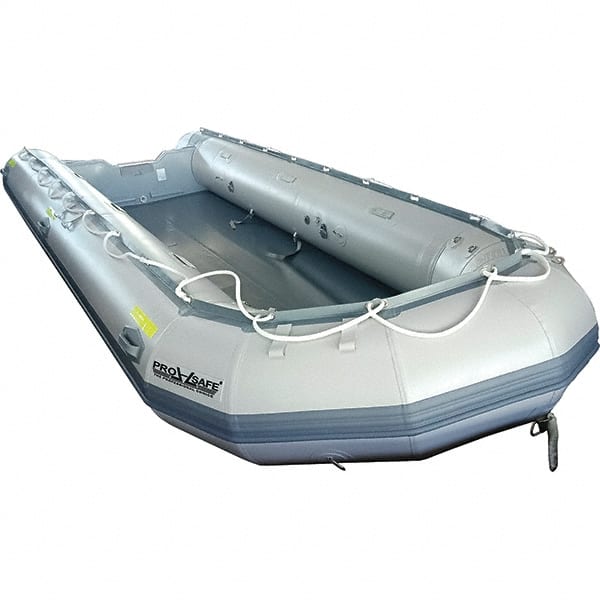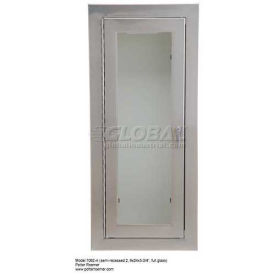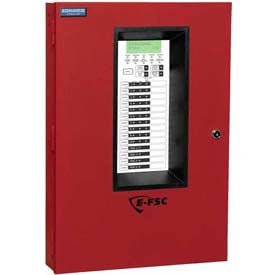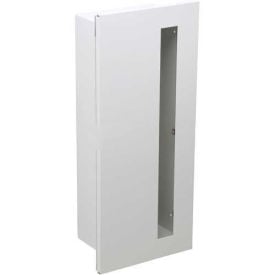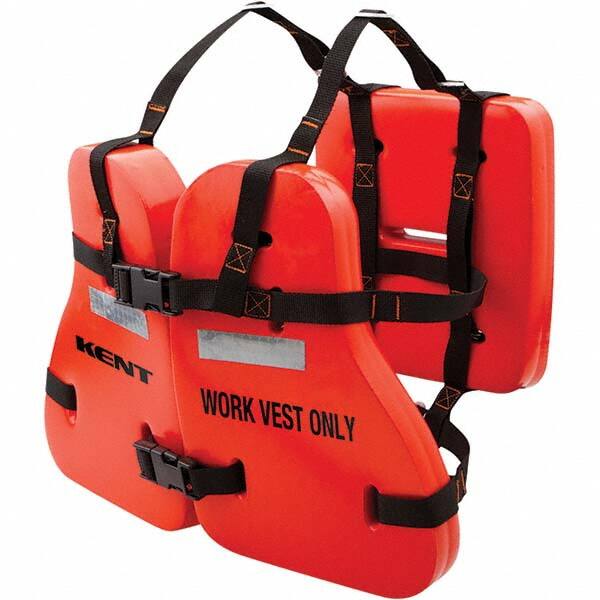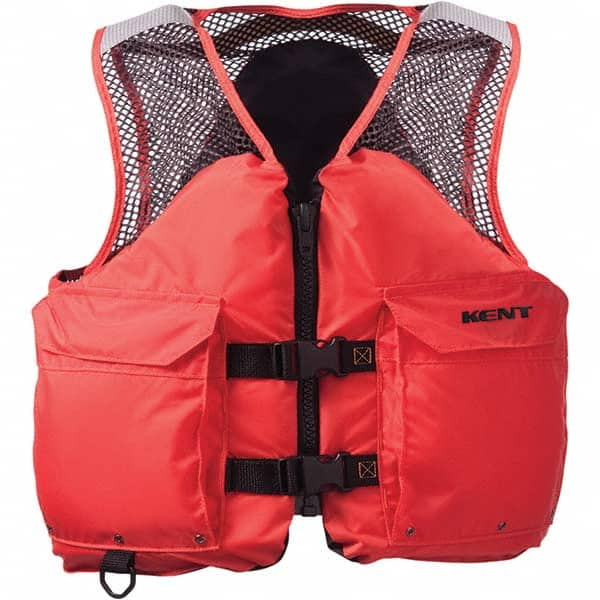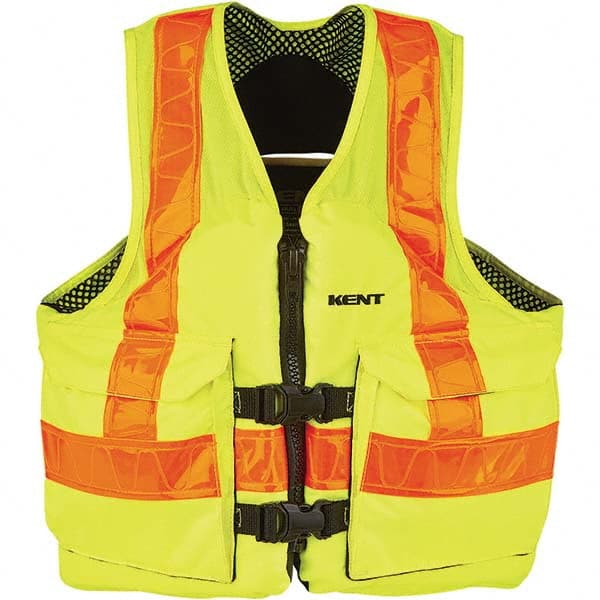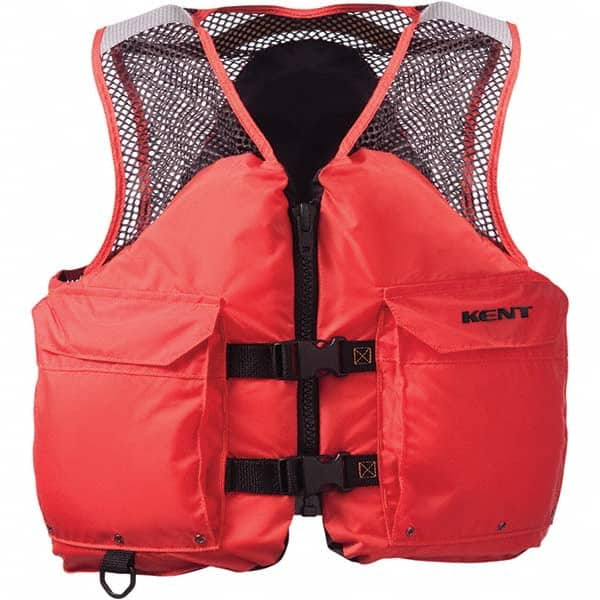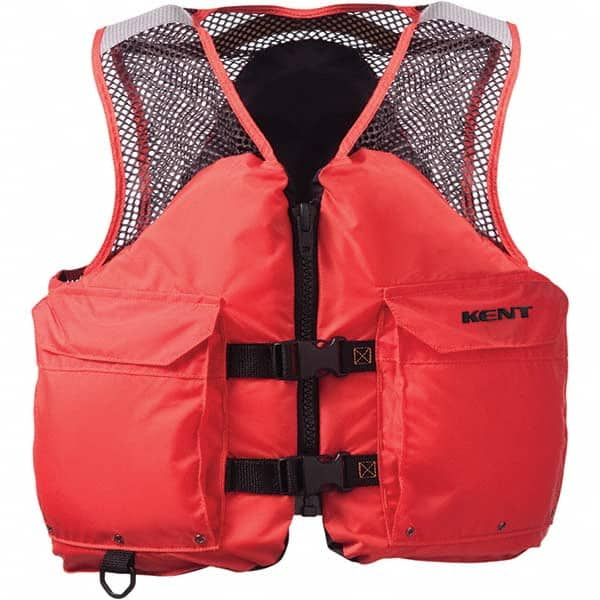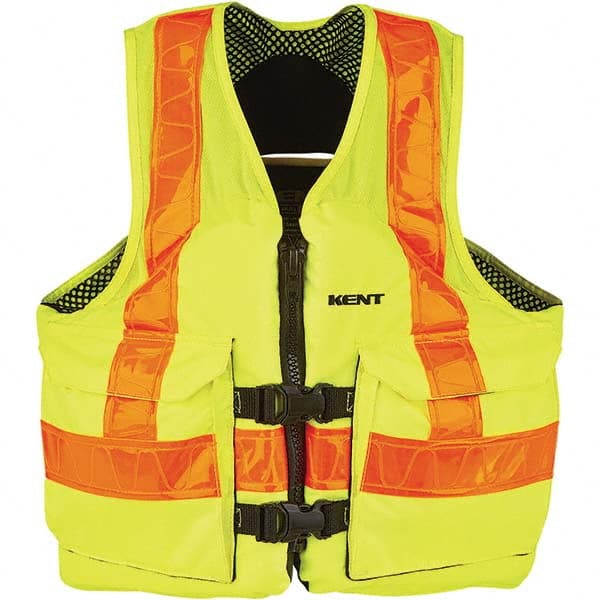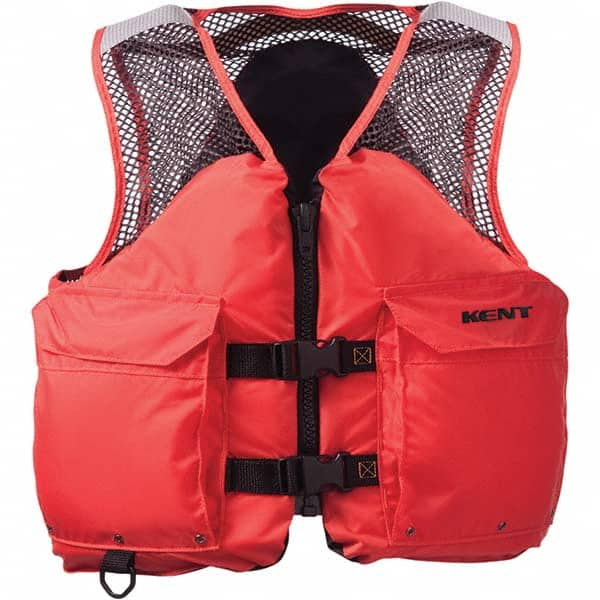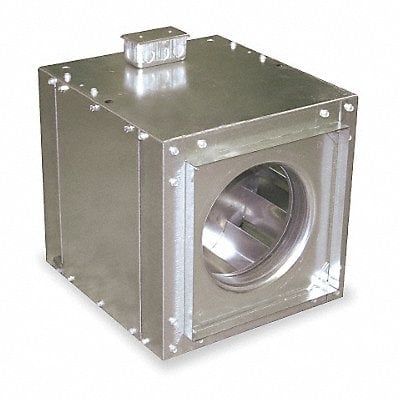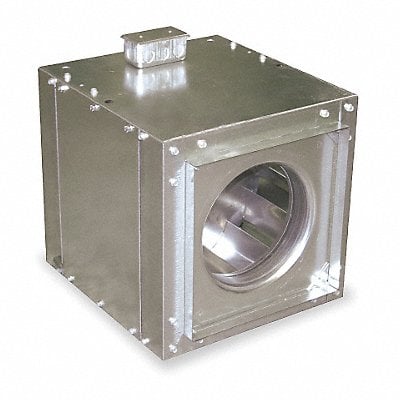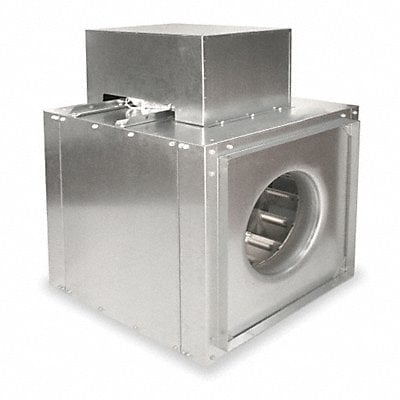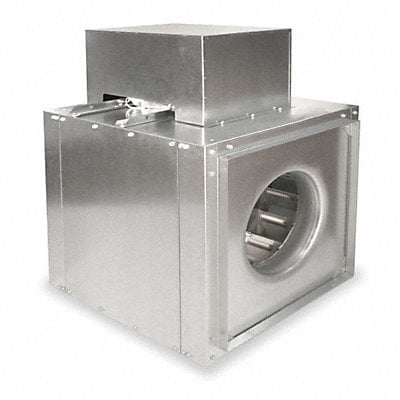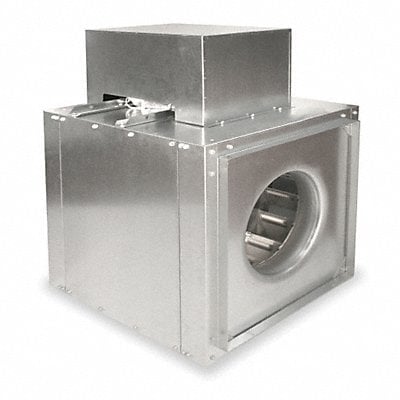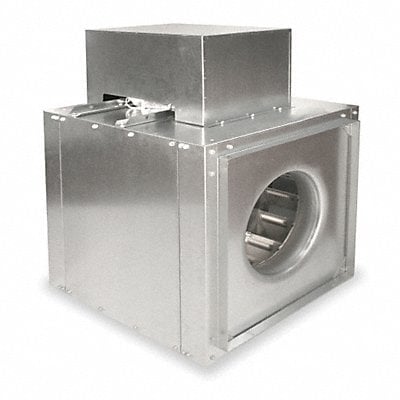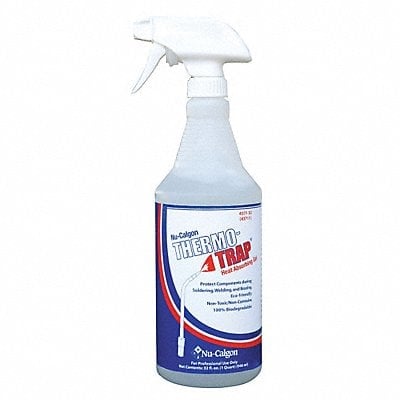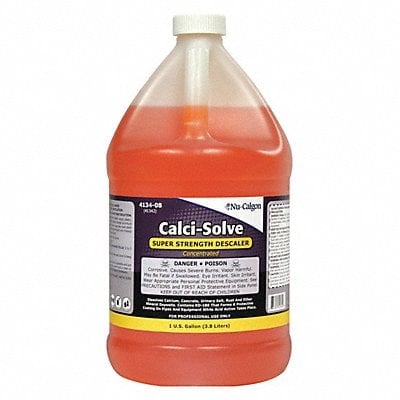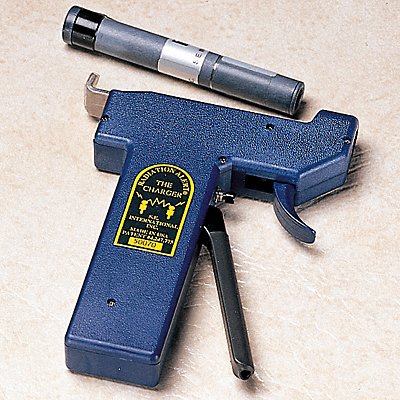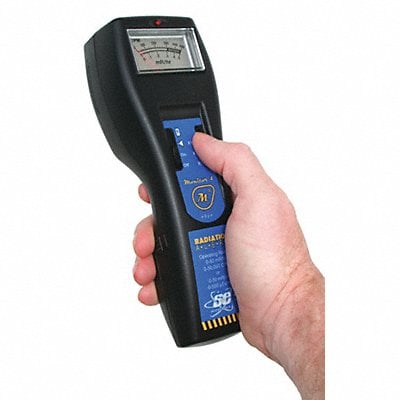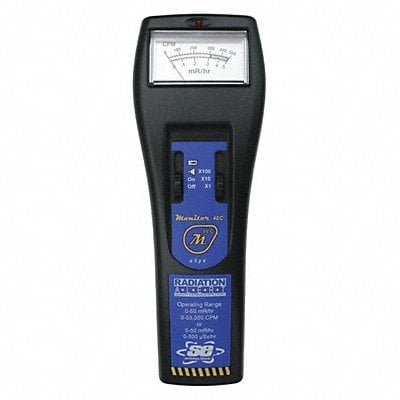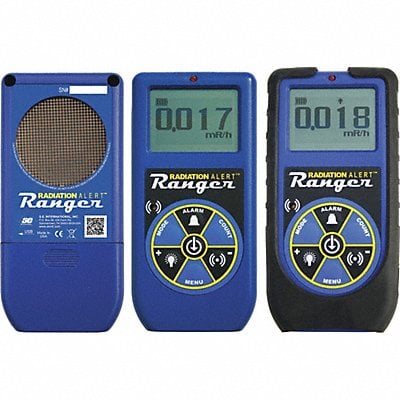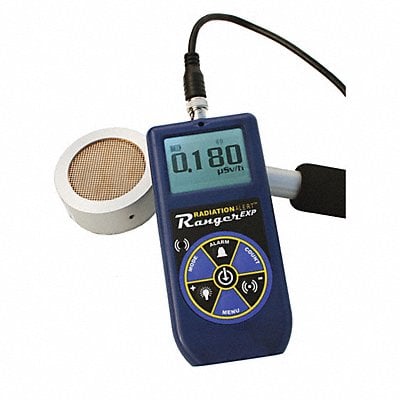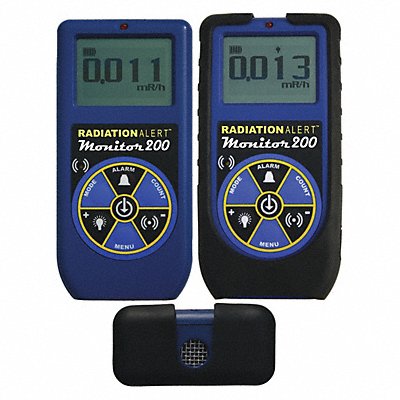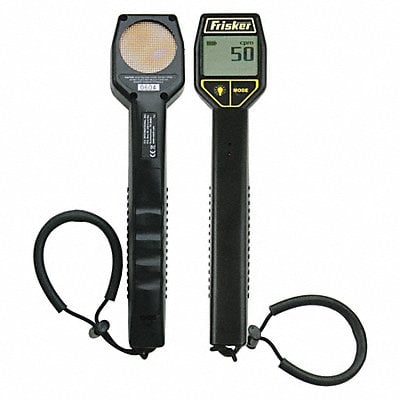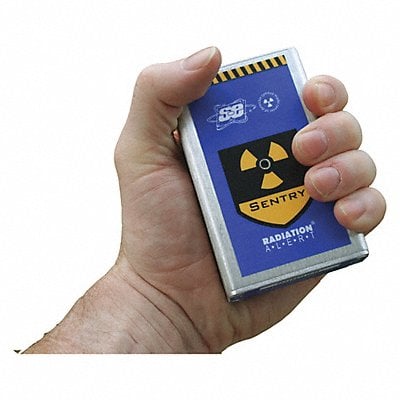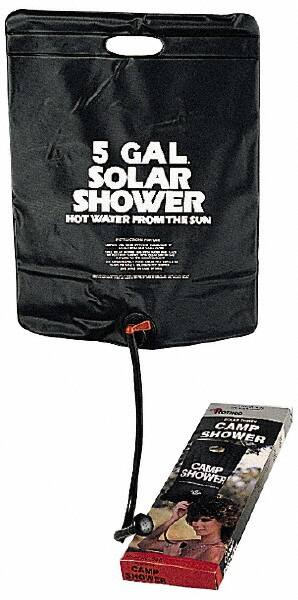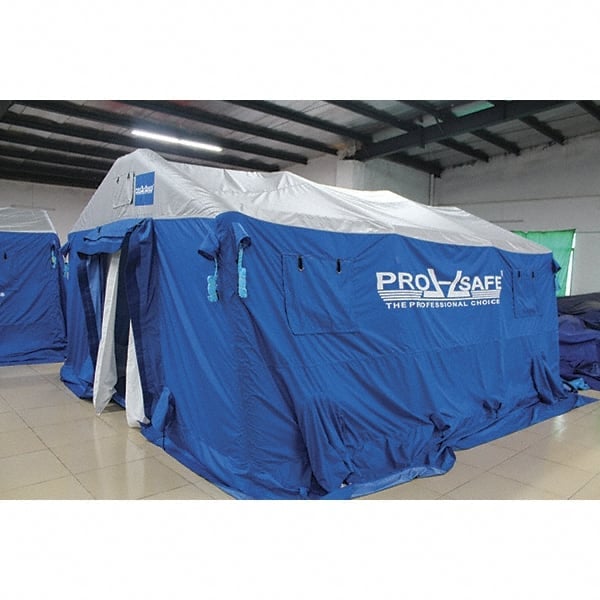Stay Prepared with NOAA: Essential Emergency Supplies for Every Natural Disaster

Intro
For those of us who have lived through natural disasters, we know the real value of advanced warnings and appropriate preparations. For the rest of us, the nightmares we see on our screens when disasters strike can serve as stark reminders. The necessity of staying prepared, therefore, cannot be stressed enough. One of the biggest aid in this process is NOAA (National Oceanic and Atmospheric Administration), an invaluable source of information when disasters loom. NOAA has been instrumental in saving countless lives over the decades, thanks to its comprehensive weather monitoring and alerting systems. In this blog post, we will delve into the importance of NOAA and identify essential items from various GoVets categories for your emergency preparation checklist.
NOAA: A Look Back at its Formation and Importance
The United States Congress established NOAA on October 3, 1970, under the Department of Commerce. It was a consolidation of multiple government scientific agencies that studied the oceans, major waterways, and the atmosphere. Ever since its inception, NOAA has been providing valuable data to help citizens, planners, emergency managers, and other decision-makers to make informed decisions.
Today, NOAA is recognized globally as a primary source of comprehensive oceanic, atmospheric, and climatic data. NOAA's forecasts and warnings help mitigate damage from dangerous weather phenomena such as hurricanes, tornadoes, floods, wildfires, and tsunamis.
Following NOAA's alerts ensures that you stay a step ahead during emergencies. However, NOAA shouldn't be your only source of information. Supplementing it with local news channels, emergency radio broadcasts, weather apps, and community alert systems is crucial. Each of these sources provides vital localized information that can make a significant difference in your response to a disaster.
What is so important about NOAA?
The National Oceanic and Atmospheric Administration (NOAA) plays an important role in several areas critical to the understanding and preservation of our planet.
- Weather Forecasting and Monitoring: NOAA is responsible for tracking and predicting weather patterns across the U.S. Its National Weather Service provides the public and other stakeholders with accurate, timely, and detailed weather information, which is essential for daily planning, agricultural decisions, and emergency management.
- Climate Monitoring and Research: NOAA tracks global climate trends and conducts extensive research on climate change. This helps in understanding our changing planet, predicting future changes, and making informed policy decisions about climate and environmental protection.
- Ocean and Coastal Management: NOAA manages and protects the country's 95,000 miles of shoreline. It studies marine ecosystems, fisheries, and coastal conditions, providing crucial information for the preservation and management of marine life.
- Satellite Operations: NOAA operates a network of satellites that monitor various environmental and meteorological conditions on Earth. These satellites help in weather forecasting, climate analysis, and even search and rescue operations.
- Education and Outreach: NOAA provides a multitude of educational resources to students, teachers, and the public, promoting greater understanding of our planet and its natural systems.
- Fisheries Management: NOAA studies and regulates marine fisheries to ensure their sustainability, protecting both the species and the livelihoods of those who depend on them.
- Protection of Marine Mammals and Endangered Species: Through its National Marine Fisheries Service, NOAA is responsible for the stewardship and recovery of marine mammals and endangered species, working to restore habitats and prevent extinction.
- Disaster Prediction and Response: From predicting hurricanes to providing real-time data on wildfires, NOAA plays a crucial role in preparing for and responding to various types of natural disasters.
In sum, the work done by NOAA is invaluable for our understanding of weather, climate, oceans, and coasts. It guides important policy decisions, helps to protect and preserve our natural world, and even saves lives by forecasting and responding to disasters.
What type of Natural Disasters does NOAA typically monitor and ideally protect us from?
NOAA plays a vital role in predicting, monitoring, and providing information on a variety of natural disasters to help protect lives and property. These include:
- Hurricanes and Tropical Storms: NOAA's National Hurricane Center forecasts the path, intensity, and potential impact of these powerful storms. They provide the public and emergency officials with the information needed to make decisions about evacuations and other protective measures.
- Tornadoes: NOAA's Storm Prediction Center monitors the weather across the U.S. for conditions that could spawn tornadoes. They issue watches and warnings to alert the public and local officials to the potential threat.
- Floods: NOAA's River Forecast Centers monitor rainfall amounts and river levels to predict when and where flooding may occur. They also issue flood watches and warnings to help communities prepare.
- Wildfires: Through satellite technology, NOAA helps monitor wildfires and predict their spread. They also provide information on air quality and visibility related to wildfire smoke.
- Droughts: NOAA's Climate Prediction Center monitors long-term weather patterns and provides drought outlooks to help regions prepare for potential water shortages.
- Tsunamis: NOAA operates the Tsunami Warning Centers, which monitor seismic activity and ocean conditions to detect tsunamis. They issue alerts to coastal areas that could be affected.
- Severe Weather Events: This includes events like severe thunderstorms, blizzards, and extreme heat or cold. NOAA provides forecasts, watches, and warnings for these events to help people prepare and stay safe.
- Climate Extremes and Changes: By monitoring and researching climate patterns, NOAA can provide valuable information on long-term climate phenomena like El Niño or La Niña, which can have widespread effects on weather and climate around the world, potentially leading to various natural disasters.
In addition to predicting and monitoring these events, NOAA also plays a role in researching these phenomena to improve our understanding and ability to forecast them. They also contribute to disaster response and recovery efforts, providing critical data to help assess the impact of these disasters.
Essential GoVets Products for Your Disaster Preparedness Checklist
When preparing for disasters, having the right products on hand can make all the difference. Let's take a look at the top 10 recommended products from GoVets for each category of natural disasters NOAA protects us from.
Hurricanes and Tropical Storms
- Emergency Preparedness Equipment & Supplies: Emergency Water Filter System: Hurricanes often contaminate public water supplies. A portable water filter can provide clean, safe water.
- Automotive Tools & Repair Parts: Jump Starters: Hurricanes can leave you stranded, and a jump starter can prove to be lifesaving if your car battery dies.
- Adhesives Sealants & Tape: Waterproof Tape: This can be used to secure windows and prevent water from leaking into the house.
- Blanket Insulation: To prevent water damage to your property.
- Anchors: Useful for securing outdoor furniture that could become hazardous in strong winds.
- Batteries: Essential for powering flashlights, radios, and other crucial devices when the power goes out.
- First Aid Medical & Hydration: First Aid Kit: Injuries can occur during severe weather, so it’s important to have a comprehensive first aid kit.
- Cleaners Detergents & Odor Control: Disinfecting Wipes: These can help maintain hygiene when regular facilities are unavailable.
- Containers: Sturdy containers can protect important documents and electronics from water damage.
- Power Generators: Power Generators are critical for extended outages caused by Hurricanes.
Tornadoes
- Emergency Preparedness Equipment & Supplies: Emergency Radio: Receive real-time updates about the tornado’s path and other critical information.
- Automotive Tools & Repair Parts: Emergency Roadside Kit: In case you’re caught in your car when a tornado strikes, this kit can provide essential tools for survival.
- Adhesives Sealants & Tape: Duct Tape: Useful for quick repairs and sealing windows to prevent debris from entering.
- Blanket Insulation: Emergency Blankets: Keep warm if your home loses power or if you’re displaced from your home.
- First Aid Medical & Hydration: First Aid Kit: Essential for treating minor injuries, which can be common after a tornado.
- Cleaners Detergents & Odor Control: Hand Sanitizer: Maintains cleanliness when water might be scarce.
- Containers: Waterproof Document Holder: Protects important documents that might be needed after a disaster.
- Food Service: Non-perishable Food: & Water: Crucial supplies to have when services are disrupted.
- Batteries: Rechargeable Batteries and Charger: Keep your devices powered when electricity is out.
- Heaters & Accessories: Portable Heaters: Can provide warmth during a power outage.
Floods
- Emergency Preparedness Equipment & Supplies: Inflatable Boat or Raft: Could be life-saving in a severe flood scenario.
- Adhesives Sealants & Tape: Waterproof Tape: Can be used to seal windows and doors to prevent water from entering.
- Automotive Tools & Repair Parts: Car Waterproof Cover: To protect your vehicle from water damage.
- Containers: Waterproof Storage Containers: Essential for keeping belongings dry and secure.
- First Aid Medical & Hydration: Waterproof First Aid Kit: Injuries can occur during floods, having a waterproof first aid kit can be crucial.
- Cleaners Detergents & Odor Control: Mold & Mildew Remover: Flooding can cause mold and mildew; having a remover on hand can help maintain a healthy living environment.
- Food Service: Non-perishable Food: & Water: Crucial supplies to have when services are disrupted.
- Batteries: Waterproof Battery Storage: Protect your batteries from water damage.
- Water Safety: Life Jacket: Crucial for safety if you must navigate floodwaters.
- Electrical: Waterproof Flashlights: Provide light when the power goes out and are resistant to water damage.
Wildfires
- Emergency Preparedness Equipment & Supplies: Fire Escape Mask: Provides protection from smoke inhalation while evacuating.
- Adhesives Sealants & Tape: Fire-Resistant Tape: Can help prevent the spread of fire in a home.
- First Aid Medical & Hydration: Burn Treatment Kit: Essential for treating minor burns.
- Automotive Tools & Repair Parts: Fire Extinguisher: In case of a car fire during evacuation.
- Containers: Fireproof Document Bags: Protects important documents in case of a fire.
- Cleaners Detergents & Odor Control: Air Purifiers: Can help clean the air of smoke after a wildfire.
- Food Service: Non-perishable Food & Water: Essential for maintaining nourishment when services are disrupted.
- Batteries: Solar Charger: Can keep devices powered when the power grid is down.
- Emergency Preparedness Equipment & Supplies: Emergency Whistles: Can signal for help in case you’re trapped.
- Lubricants & Lubrication Equipment: Respirator Masks: Provides respiratory protection from heavy smoke.
Preparation is the key to navigating any natural disaster, and the tools you have on hand can make all the difference. Stay safe and prepared by using NOAA as your main source of information, supplemented with local news sources and community alert systems. Remember, the right products can be instrumental in safeguarding your life and your property during a disaster.
Droughts
- Emergency Preparedness Equipment & Supplies: Water Storage Containers: Essential for storing water during times of shortage.
- Food Service: Non-perishable Food: If water shortages lead to crop failures or other food supply chain disruptions, non-perishable foods are crucial.
- Plumbing: Water-Saving Fixtures: Items like low-flow showerheads and faucets can help conserve water.
- Outdoor Equipment: Rain Barrels: Can help capture and store rainwater for non-potable uses like irrigation.
- Cleaners Detergents & Odor Control: Hand Sanitizer: Helps maintain cleanliness when water for washing hands may be scarce.
- Heating Cooling & Refrigeration: Evaporative Coolers: Use less water than air conditioners and can be effective in dry climates.
- First Aid Medical & Hydration: Rehydration Salts/Electrolytes: Helps to manage dehydration risks.
- Lawn, Garden & Landscaping Tools: Drought-Tolerant Plants: For maintaining your garden while using less water.
- Water Purification: Portable Water Filters: Useful for purifying water from various sources when regular sources are unavailable.
- Agricultural Equipment: Drip Irrigation Systems: Efficient way of watering plants, reducing water waste.
Tsunamis
- Emergency Preparedness Equipment & Supplies: Emergency Whistle: To signal for help if trapped or stranded.
- Automotive Tools & Repair Parts: Vehicle Emergency Kit: In case you need to evacuate quickly.
- Water Safety: Life Vest: Could be life-saving in a tsunami scenario.
- First Aid Medical & Hydration: First Aid Kit: Injuries can occur during a tsunami; a first aid kit is a must-have.
- Containers: Waterproof Document Holder: Keeps important documents safe from water damage.
- Food Service: Non-perishable Food & Water: Crucial for maintaining nourishment when services are disrupted.
- Batteries: Waterproof Flashlight: A reliable source of light is essential, particularly if power outages occur.
- Emergency Preparedness Equipment & Supplies: Multi-tool: Useful for a variety of emergency situations.
- Water Safety: Inflatable Life Raft: Could be life-saving in severe tsunami scenarios.
- Electrical: Portable Chargers: Can keep devices powered during power outages for communication purposes.
Severe Weather Events (Thunderstorms, Blizzards, Extreme Heat or Cold)
- Emergency Preparedness Equipment & Supplies: Weather Radio: Provides updates on severe weather conditions.
- First Aid Medical & Hydration: First Aid Kit: Injuries can occur during severe weather; a first aid kit is a must-have.
- Food Service: Non-perishable Food & Water: Crucial for maintaining nourishment when services are unavailable.
- Heaters & Accessories: Portable Heaters (Blizzards/Extreme Cold): Can provide warmth during power outages.
- Heating Cooling & Refrigeration: Portable Fans (Extreme Heat): Helps to maintain a cooler environment during extreme heat.
- Adhesives Sealants & Tape: Duct Tape: Useful for quick repairs following damage from severe weather.
- Blanket Insulation: Emergency Blankets: Provide warmth in cold weather and can also be used for shade in extreme heat.
- Containers: Waterproof Document Holder: Protects important documents from water damage.
- Batteries: Rechargeable Batteries and Charger: Keep your devices powered when electricity is out.
- Emergency Preparedness Equipment & Supplies: Emergency Shelter/Tent: Useful if your home is unsafe to stay in due to damage.
Climate Extremes and Changes
- Emergency Preparedness Equipment & Supplies: NOAA Weather Radio: To stay informed about long-term weather and climate patterns.
- Food Service: Non-perishable Food & Water: In case of disruptions to food supply chains due to climate phenomena.
- First Aid Medical & Hydration: First Aid Kit: For treating injuries during any disaster.
- Outdoor Equipment: Garden Tools: For cultivating your own food in case of long-term disruptions to food supply chains.
- Water Safety: Water Purification Tablets: In case of contamination of water supplies due to climate events.
- Plumbing: Water-Saving Fixtures: To conserve water in times of scarcity.
- Agricultural Equipment: Greenhouse Kits: To grow your own food in changing climate conditions.
- Outdoor Equipment: Shade Cloth: Can protect plants from extreme sunlight and heat.
- Outdoor Equipment: Insulated Covers (for plants): Protects plants from frost during unexpected cold weather events.
- Lawn, Garden & Landscaping Tools: Drought-Tolerant and Heat-Tolerant Seeds: To grow food in changing climate conditions.
Remember, it is essential to stay informed and prepared for any natural disaster or climate event. Preparation can greatly increase your chances of successfully navigating and recovering from these events.
Product Recommendations for Emergency Preparedness:
GoVets provides a diverse range of products across various categories, specifically designed to support emergency preparedness and response. Each of these categories plays a critical role in addressing multiple aspects of disaster management, from immediate readiness to recovery and reconstruction, highlighting the comprehensive nature of GoVets' offerings.
Below is a list of all the relevant categories, a link to the detailed category and a few sample products:
Emergency Preparedness Equipment & Supplies
Temporary Structures & Storage Buildings
Communication Equipment
First Aid, Medical & Hydration
Power Distribution & Generation
Personal Protective Equipment
Sanitizing Equipment
Laboratory Refrigerators & Freezers
Computers & Accessories
Network Security & Firewalls
Data Storage & Backups
Electrical Circuit Protection
Rescue & Emergency Equipment
Safety Equipment
Industrial Chemicals & Cleaners
Building Materials & Structural Components
Firefighting & Fire Protection Equipment
Water Safety
Emergency Lighting & Exit Signs
Heating & Cooling Equipment
Radiation Detection & Protection
Decontamination Equipment, Kits, & Supplies
Food Service & Kitchen Supplies
Each of these categories underscores GoVets' commitment to supporting NOAA and other emergency support organizations with diverse, comprehensive offerings.








